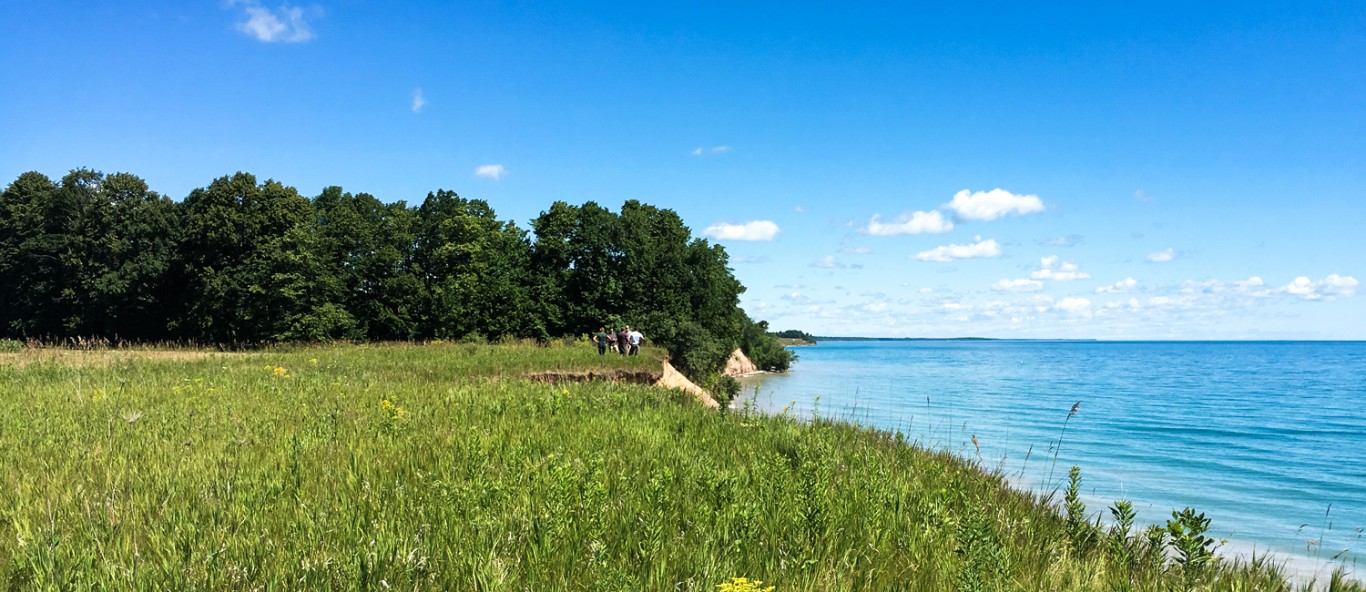Prairie Restoration
Prairie reconstruction serves multiple important purposes as it aims to restore an ecosystem that is not only rich in biodiversity, but also crucial for various ecological functions. Prairies provide habitat for a wide range of plant and animal species, including many that are rare or endangered. By reconstructing prairies, The Christopher Farm and Gardens helps conserve these species and promotes ecosystem resilience and landscape connectivity in the face of environmental challenges such as habitat loss and climate change. Prairie reconstruction contributes to soil health and water quality by promoting the growth of deep-rooted native plants that help prevent erosion, filter pollutants, and improve soil structure. Reconstructed prairies offer opportunities for educational and recreational activities, fostering a deeper connection between people and nature while raising awareness about the importance of conserving native ecosystems.
Prairie reconstruction is a dynamic process that requires careful planning, implementation, and ongoing management. Reconstructing a prairie ecosystem can be a rewarding but time-consuming process. Below is a general timeline with key steps and details involved in prairie reconstruction:
Prairie Reconstruction Timeline
Initial Planning
- Assess the site: Evaluate the soil type, drainage, sunlight exposure, and existing vegetation.
- Set goals: Determine the desired size and scope of the prairie reconstruction project.
Site Preparation
- Remove existing vegetation: Clear the site of any invasive plants and undesirable species.
- Control erosion: Implement erosion control measures such as installing erosion control blankets or silt fences to prevent soil erosion during site preparation.
Seed Collection or Purchase
- Identify local ecotype seed sources: Collect seeds from local prairie remnants or purchase seeds from reputable suppliers that offer native species adapted to the region.
Seed Sowing
- Determine seeding method: Choose between broadcast seeding, drill seeding, or hand seeding based on site conditions and project goals.
- Timing: Sow seeds during the optimal planting season for the target species, typically in late fall or winter.
Establishment and Maintenance (Years 1-3 after seeding)
- Weed control: Monitor the site regularly for weed competition and implement appropriate weed management strategies, such as mowing, hand-pulling, or targeted herbicide application.
- Regular maintenance: Conduct regular site inspections to monitor native species establishment and identify any areas that need to be reworked or reseeded.
Monitoring and Adaptive Management (Ongoing)
- Assess success criteria: Monitor the site's progress towards meeting restoration goals, such as plant diversity, habitat quality, and ecosystem function.
- Adjust management strategies: Modify management practices as needed based on monitoring results and feedback from stakeholders to improve restoration outcomes.
- Long-term management: Develop a long-term management plan to sustain the prairie ecosystem, including periodic maintenance activities, invasive species control, and adaptive management strategies to address changing environmental conditions.

